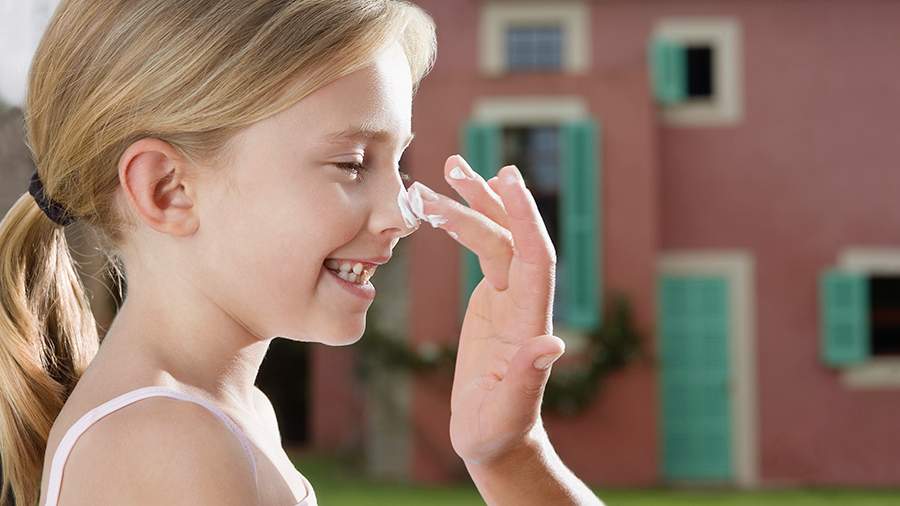Cosmetologist gave tips on protecting children's skin from the sun
The harm from exposure to ultraviolet radiation, which creates the risk of sunburn and the development of dangerous diseases, has long been proven. Natalia Tkachenko, a cosmetologist chemist and founder of the beauty brand Roz Mary, told Izvestia on April 3 how to protect a child from exposure to sunlight and choose a suitable sunscreen.
"To protect a child's delicate skin from burns, it is better to wear a hat and clothing with sun protection factors. Apply a special UV-protected cream to the exposed areas of his skin. The parts of the body that are most vulnerable to its harmful effects are the shoulders, nose, forehead, neck and ears," she stressed.
According to her, for each age group of children there are special features of the use of sunscreen cosmetics. So, no products can be applied to the baby's skin for up to three months, and after that you need products with an ultraviolet protection index (SPF), but only in accordance with the age label.
She stressed that children should not use sunscreens for adults, and the product for a child must be waterproof.
Tkachenko clarified that when choosing products with SPF, it is important to take into account the type of appearance of the child. For fair-haired babies with blue eyes, you need a product with a maximum degree of protection SPF 50. The same applies to children with red hair, white skin, and freckles.
For light-haired children with gray eyes, it is allowed to use creams with an SPF of 30, but only after several days of exposure to the sun. For children with darker hair and dark skin, creams with an SPF of 20 can be used.
"When choosing a sunscreen for your child, you also need to pay attention to the PPD (Persistent Pigment Darkening) index. This reflects the level of protection against UVA rays, which cause photo—aging of the skin, the appearance of age spots and dangerous neoplasms. The highest is PPD 42 — it sets a protective barrier for the skin from 42% of ultraviolet rays," the expert added.
Earlier, dermatovenerologist Natalia Mikhailova told Izvestia how to protect hair from UV damage. Due to sun exposure, strands can become dull, brittle and over-dried.
Переведено сервисом «Яндекс Переводчик»

